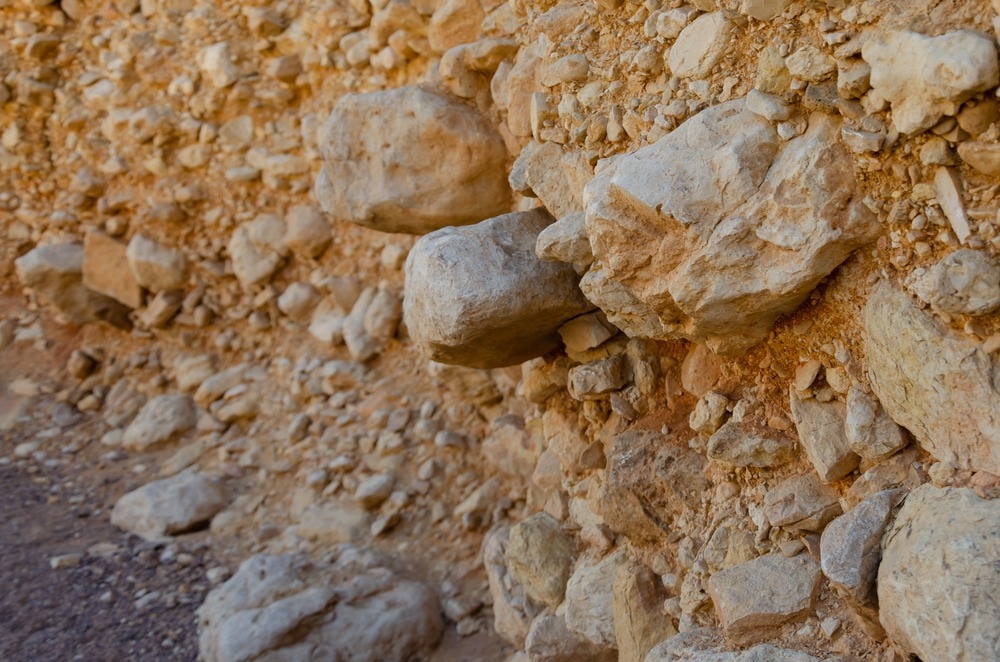
Image Credit: Israfoto/Shutterstock.com
Carbon Net-Zero Status
Current national plans not only fall short of achieving net-zero, but they are also on course to increase global emissions by 14 percent by 2030. Emergency action is needed.
The Intergovernmental Panel on Climate Change (IPCC) states emissions must peak within the next three years to avoid exceeding the 1.5 oC threshold.
A new IPCC report Mitigation of Climate Change has made it clear that despite pledges, not enough is being done, with only 18 countries managing to sustain emissions reductions since at least 2005.
However, the report indicates many countries have improved energy efficiency, reduced deforestation, and accelerated technological development, which has either reduced or removed emissions in some countries.
A major stumbling block is that since 2018, financial flows have focused heavily on mitigation, and are uneven. Financial flows from public and private sources from developed to developing countries for climate initiatives have slowed. They are below the collective goal of providing USD 100 billion per year, agreed upon under the Climate Agreement.
Rock Dust as an Urgent Mitigation Strategy
Researchers at the University of Sheffield, UK, have studied a technique for enhanced rock weathering to absorb huge quantities of carbon dioxide from the atmosphere, potentially between 6 and 30 million tons of CO2 per year. It has the potential of producing a fast and short-term transitional solution. The researcher’s study has been published in the Nature journal.
The process concerns an advancement of enhanced rock weathering (ERW), whereby rocks are ground up to increase their surface area.
Rocks absorb CO2 over time through natural processes, but by increasing their surface area, this natural process is speeded up.
Drawbacks and Benefits of using Rock Dust
One drawback is the availability of rocks that can be grounded up. Countries would also need to commit a certain amount of energy required for the grinding process.
However, the rock dust provides extra nutrients to the crops it is sprinkled on, effectively acting as a fertilizer. Therefore, it has the potential to increase yields and improve agricultural management.
Rock dust offers a faster solution than planting trees. However, it is more expensive, estimated between $80 to $180 per ton of CO2 removed.
However, this is still half the cost of direct air capture (DAC) machines.
Initial research suggested rock dust could remove between 0.5 and 2 gigatons of CO2 every year. Burning fossil fuels produces around 35 gigatons of CO2 every year, which is the combined equivalent of aviation and shipping emissions.
Advancement of Rock Dust Research
Researchers re-visited rock weathering research to further identify how this technology could help the UK achieve its net-zero targets. They factored in basalt mining statistics and computer models that look at how soil chemistry is affected by rock particle erosion rates and weathering over time.
The results revealed that scattering rock dust on UK agriculture fields could potentially absorb between 6 and 30 million tons of CO2 per year.
This equates to 45 percent of the UK’s target for achieving carbon net-zero.
The enhanced research also showed only 0.2 percent of the UK’s electricity generation would be needed to begin with. The size of rock dust particles was also found to make very little difference in their ability to absorb CO2.
The researchers claim that more research is needed to change attitudes and receive policymakers’ attention, explaining that rock dust research is being overshadowed by different methods of CO2 removal.
Alternative Methods of CO2 removal
UK-based Drax is planning to retrofit one of its biomass plants by 2027, so it can be used for bioenergy with carbon capture and storage (BECCS). The plan is to grow trees and then burn them for fuel in its converted plants.
However, plans were scaled back in 2021 due to the energy crisis increasing in Europe. Drax announced the conversion to biomass would be delayed in favor of keeping its coal-fired power stations in operation for longer.
Biomass is controversial because it often uses biofuels that are grown on deforested land, or where land is used for food production, adversely affecting indigenous populations, wildlife, and damaging biodiversity. Therefore, a big problem with biomass is that land is still needed to grow biofuels, even if that means planting trees somewhere to cut down again later.
One big advantage of using rock dust over carbon capture and storage is that because existing agricultural land is used, it requires no change of land use and therefore no significant disruption to the ecology or detrimental effect on soil and wildlife that may have colonized newly planted trees. All that is required is a plentiful supply of rocks, not biofuels.
The research data highlights that the top four countries with the highest potential for using rock dust to help achieve their carbon net-zero targets are China, India, US, and Brazil.
More research on rock dust is required to further improve the University of Sheffield’s findings, and perhaps how it could be enhanced or adapted to meet the net-zero demands of different countries worldwide.